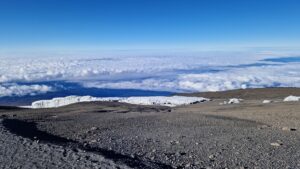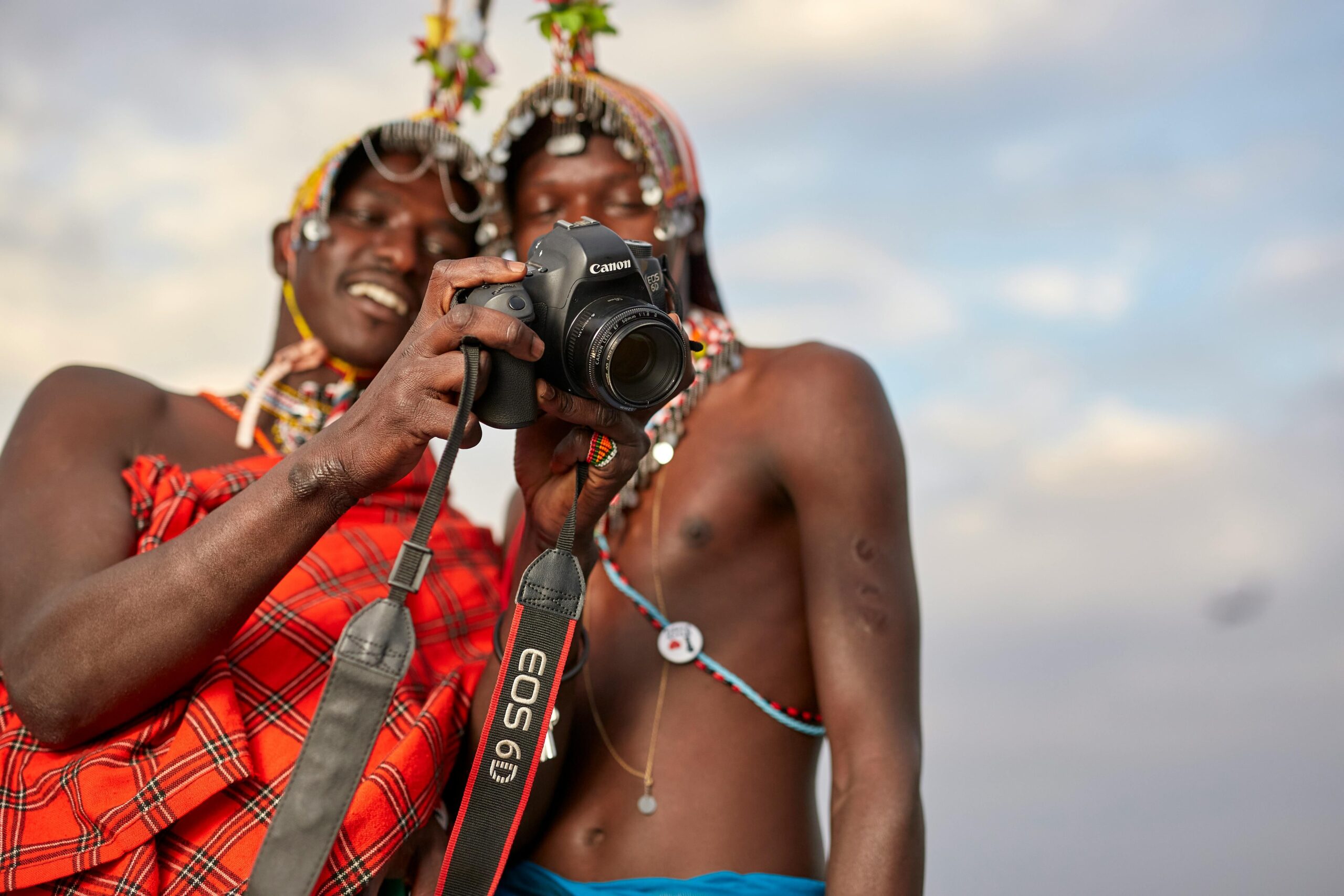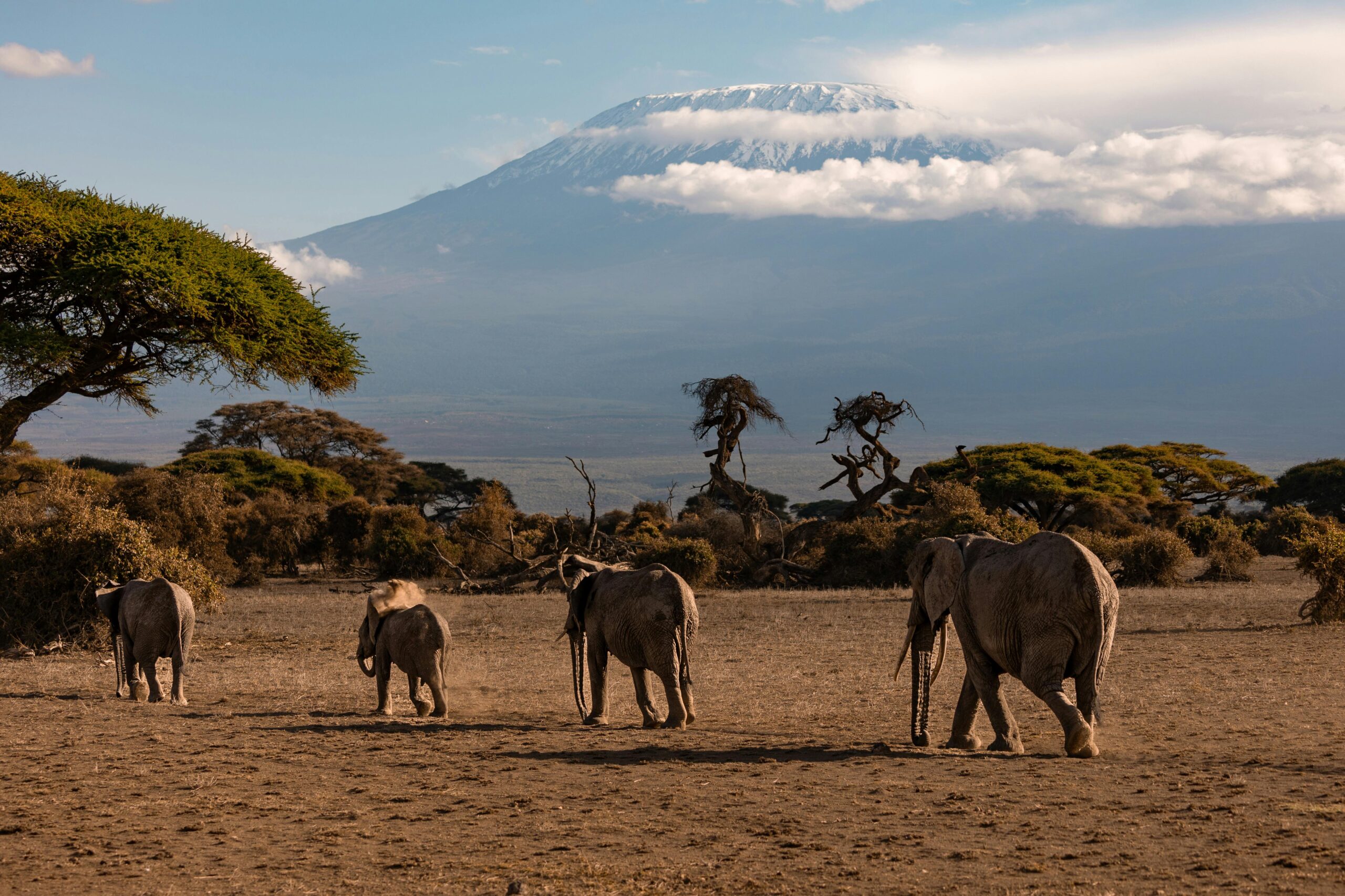Category: Expert Insight
Mount Kilimanjaro, the highest peak in Africa (5,895 meters / 19,341 feet), is one of the most iconic trekking destinations in the world. Whether you’re planning to climb it or just curious about its geography, climate, and challenges, here are expert insights into Kilimanjaro:
1. Climbing Routes & Best Choices
Kilimanjaro has multiple routes, each offering different experiences:
- Marangu Route (“Coca-Cola Route”) – Easiest, with hut accommodations, but lower success rates due to rapid ascent.
- Machame Route (“Whiskey Route”) – Popular and scenic, with good acclimatization.
- Lemosho & Northern Circuit – Longer, less crowded, and best for acclimatization.
- Rongai Route – Drier and more remote, with gentle slopes.
- Umbwe Route – Steep and difficult, for experienced climbers.

2. Acclimatization & Altitude Sickness
- The biggest challenge is altitude, not technical climbing.
- Experts recommend taking at least 6-8 days for the climb to improve success rates.
- Acclimatization techniques: “Climb high, sleep low,” hydrate well, and go slowly (“pole pole” in Swahili).
- Common symptoms of altitude sickness include headaches, nausea, and dizziness. Severe cases require descent.
3. Best Time to Climb
- Dry seasons (Best times): January–March and June–October.
- Rainy seasons (Avoid if possible): April–May and November.
4. Physical Preparation
- You don’t need technical climbing skills, but strong endurance and cardiovascular fitness are key.
- Train with hikes, stair climbing, and carrying a backpack to simulate conditions.
5. Wildlife & Climate
- Kilimanjaro has five distinct climate zones: rainforest, heath, moorland, alpine desert, and Arctic summit.
- You might see monkeys, antelopes, and unique plant species (like giant groundsels).
- Summit temperatures can drop to -20°C (-4°F) with high winds.
6. Cost & Logistics
- A Kilimanjaro trek costs between $2,000 and $6,000, depending on the route and level of service.
- Permits, guides, porters, and park fees contribute to costs.
- Hiring a licensed tour operator ensures safety and ethical treatment of porters.
7. Summit Success Rates
- Routes with longer itineraries (Lemosho, Northern Circuit) have higher success rates (~90%).
- Faster routes (Marangu, Umbwe) have lower success rates (~50-70%).
Would you like recommendations on the best operators or gear? 🚀

Cultural Tours Around Mount Kilimanjaro
In addition to trekking Mount Kilimanjaro, cultural tours in the surrounding areas offer an enriching experience to explore the traditions, lifestyles, and history of the…
